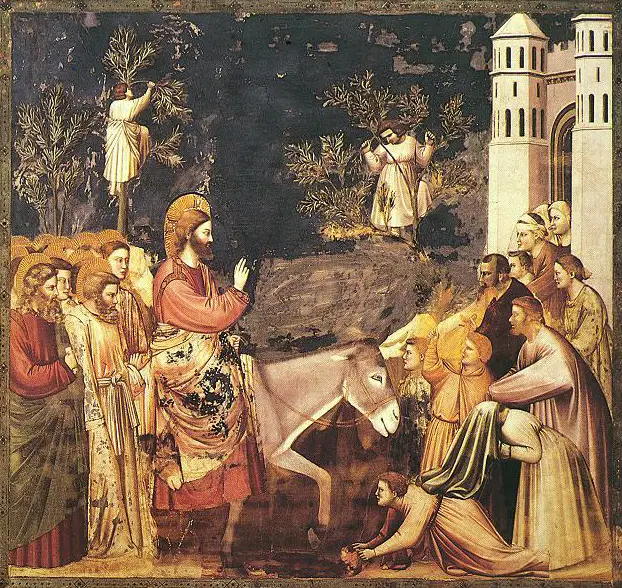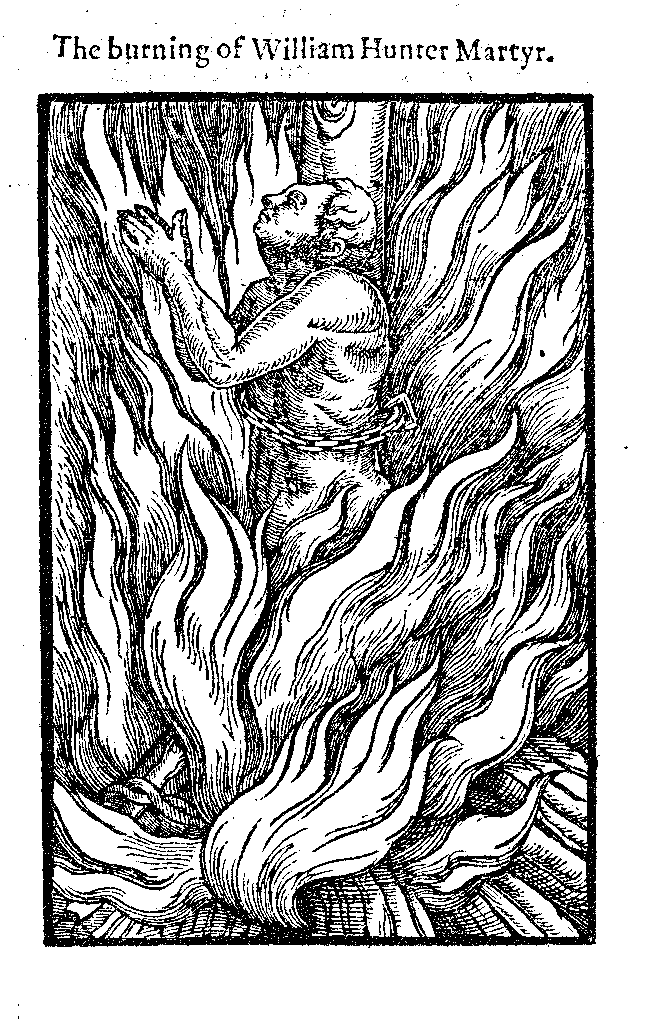After sixty-five long years of war, the Habsburg and Valois families finally brought the Italian Wars to an end on 3 April 1559. The Italian Wars were fought over territory in Italy, particularly the duchy of Milan. In 1551 Henry II, King of France, carried on his father Francis’ battle with Charles V, Holy Roman Emperor, which came to be between Henry II and Philip II of Spain by 1559. The purpose of the treaty was to settle all territorial disputes. The peace ushered in at Cateau-Cambrésis would last the better part of one hundred and fifty years.
To give an idea of how the Italian peninsula looked around 1559, several kingdoms, republics, and the like comprised of what the modern world views as Italy. Naples was a territory ruled over by a branch of the Kings of Aragon and was considered a Spanish territory. Sicily, Sardinia, and Milan were territories subject to the bickering of the Valois and Habsburg dynasties, too. The Pope held significant control over many other areas in Italy, leaving Venice and Savoy as the only completely independent Italian states. There were five main players, to use a turn of phrase, affected by this last Italian War: England, Spain, Italy, France and the Holy Roman Empire.
In England, when the war started, Edward VI was king; by July 1553, his oldest half-sister, Mary, had become queen. Mary I married her cousin Philip II of Spain a year later, and she died in November 1558, leaving the throne to Elizabeth I. During the course of her marriage to Philip, Mary allowed England to be dragged into the war raging on the continent and as a result, lost the long-held territory of Calais to the French in January 1558. This was considered a disaster for the English. Ultimately, the English never recovered Calais.
France was effectively surrounded by the Habsburgs in the form of Spanish territories or territories belonging to the Holy Roman Empire. Motivation for the wars was to break up the Habsburg hold on the Continent, not just establish control over the Italian peninsula. By the time the terms of the Treaty of Cateau-Cambrésis were agreed to, France was in a much better position that it had been in the 1520s, so in some ways, the Italian War of 1551 to 1559 was successful.
The terms gave Calais back to France for eight years, but England did try to reassert control over the territory between 1562 and 1564. A positive development for England was that France agreed not to support Mary, Queen of Scots’ claim to the English throne. France gained the Holy Roman Empire’s bishoprics of Verdun, Toul and Metz; kept five Italian fortresses; and of course, regained Calais. Spain remained the dominant power on the Italian peninsula, including Milan. Piedmont and Savoy were restored to Emmanuel-Philibert of Savoy, who was a Spanish ally during the war. The Republic of Genoa received Corsica back from France.
Philip II of Spain, a widower of Mary I by 1559, agreed to marry Henry II of France’s daughter Elisabeth as part of the treaty. It is worth noting that this marriage did turn out to be a loving one, and lasted about nine years before Elisabeth’s death after a premature birth or miscarriage. Philip was crushed by the loss of his wife, who was only twenty-three when she died. The couple had two surviving daughters together.
Sources & Suggested Reading
- “Peace of Cateau-Cambrésis.” Encyclopaedia Britannica. https://www.britannica.com/event/Peace-of-Cateau-Cambresis Retrieved 15 March 2017.
- France, Peter, ed. The New Oxford Companion to Literature in French. Oxford University Press (1995/on-line 2005).
- Cannon, John. The Oxford Companion to British History. 1 rev. ed. Oxford University Press (2009).
- Campbell, Gordon, ed. The Oxford Dictionary of the Renaissance. Oxford University Press (2003/on-line 2005).




The Treaty was signed in 1559, not 1569, was it not?
Sorry, that’s me putting a typo in the heading and not Heather. Ooops! Thanks Conor!
Of course
Any specific location of the treaty being signed. A govt bldg or an estate in Cateau?